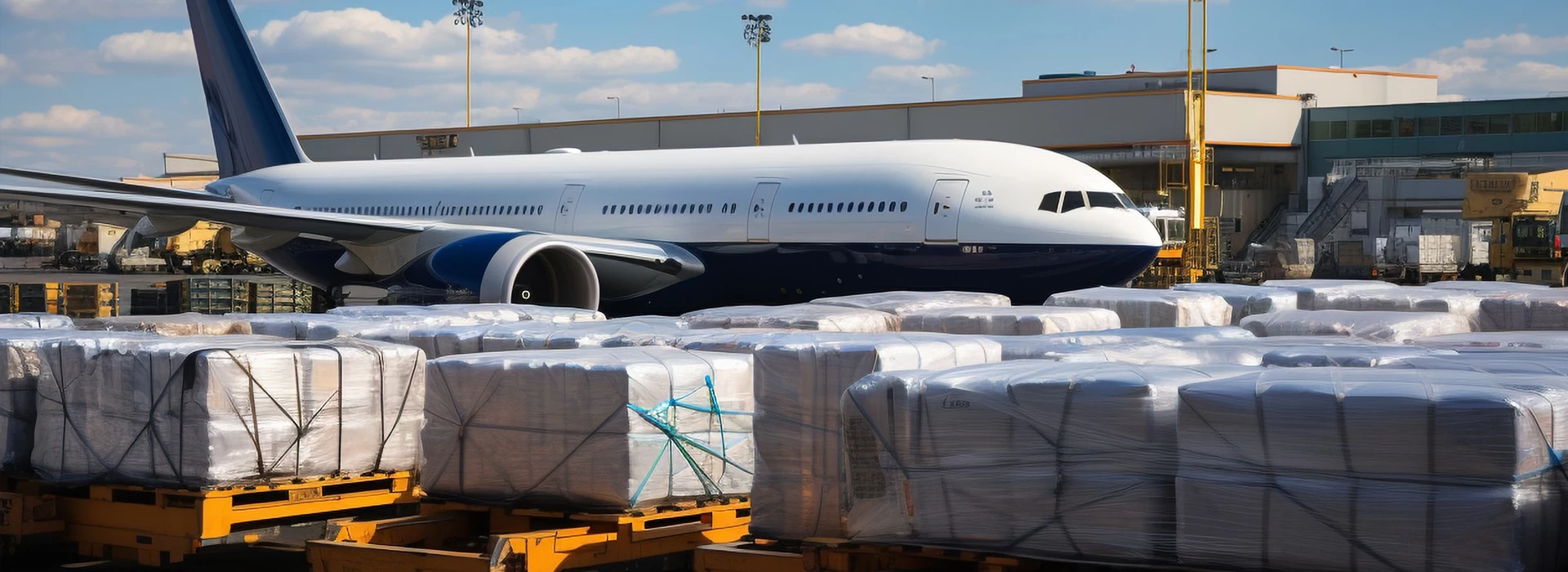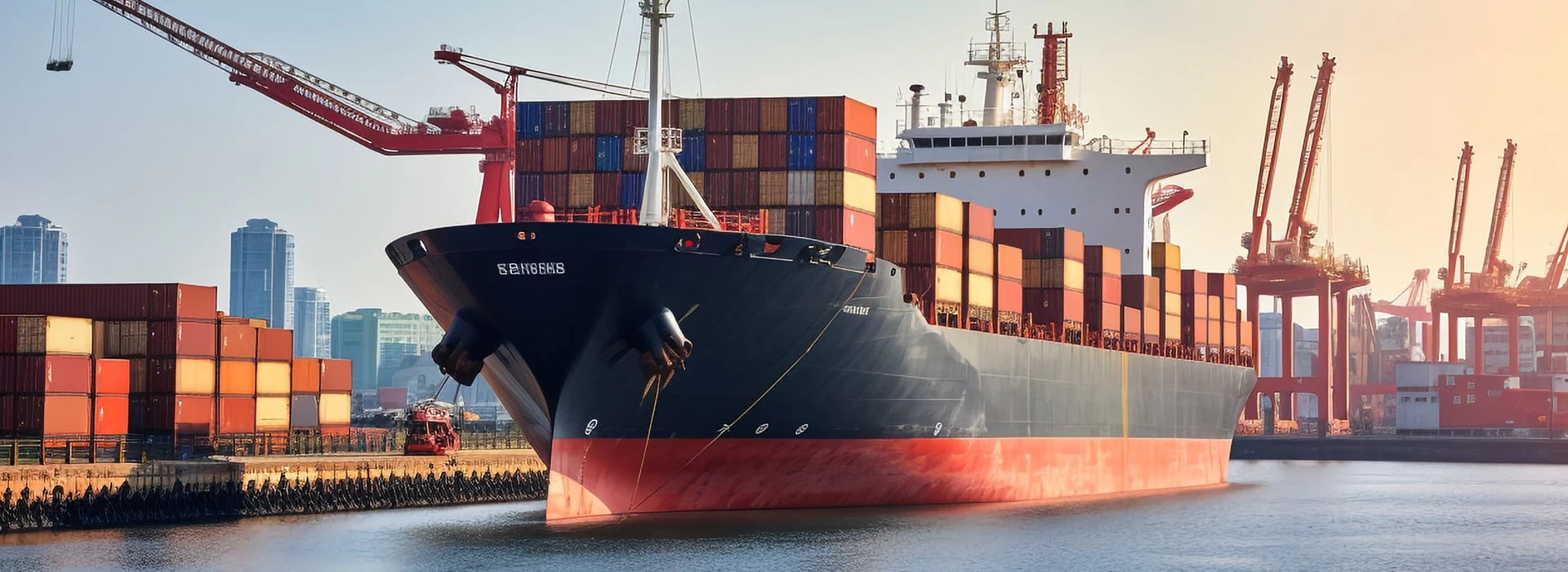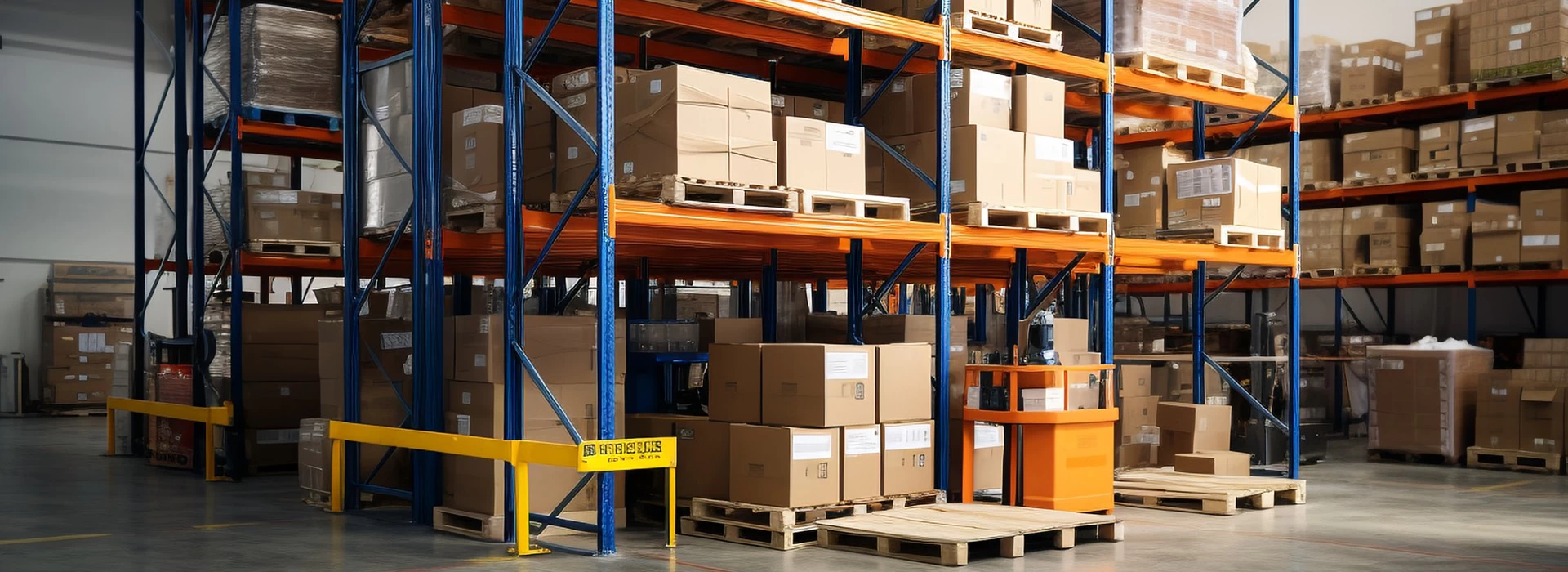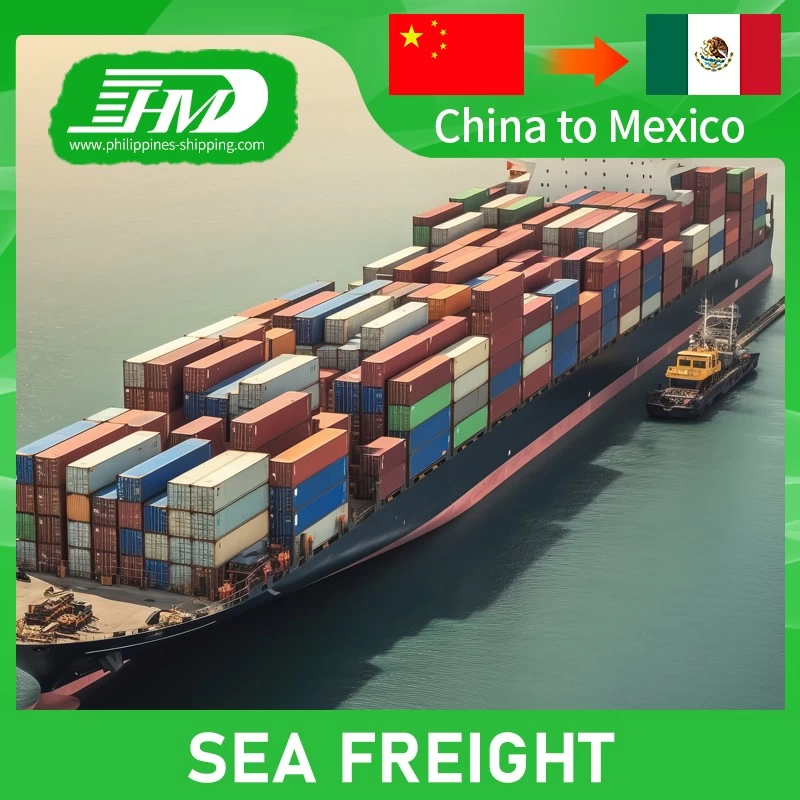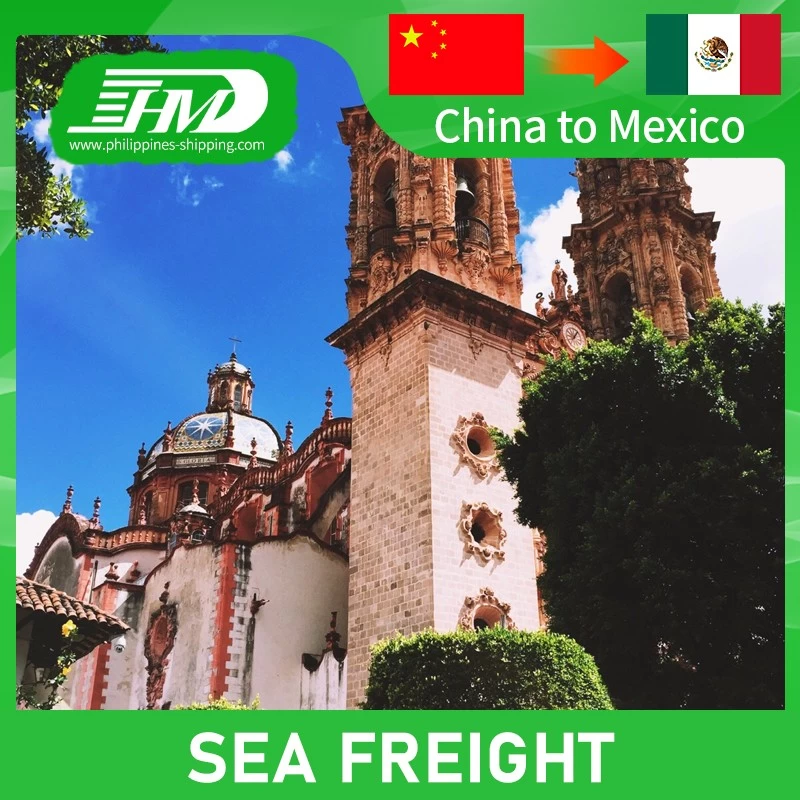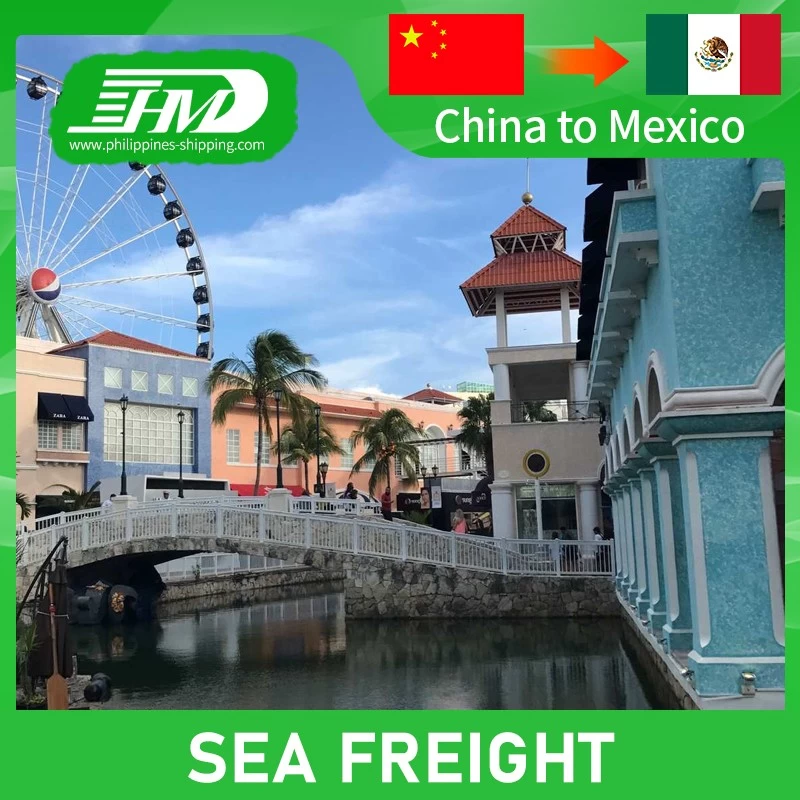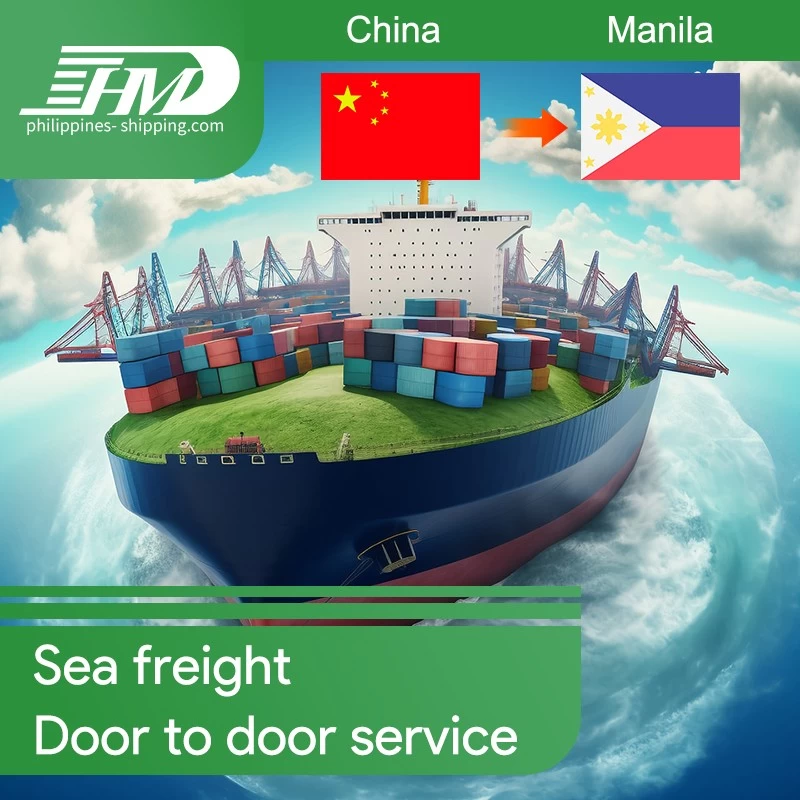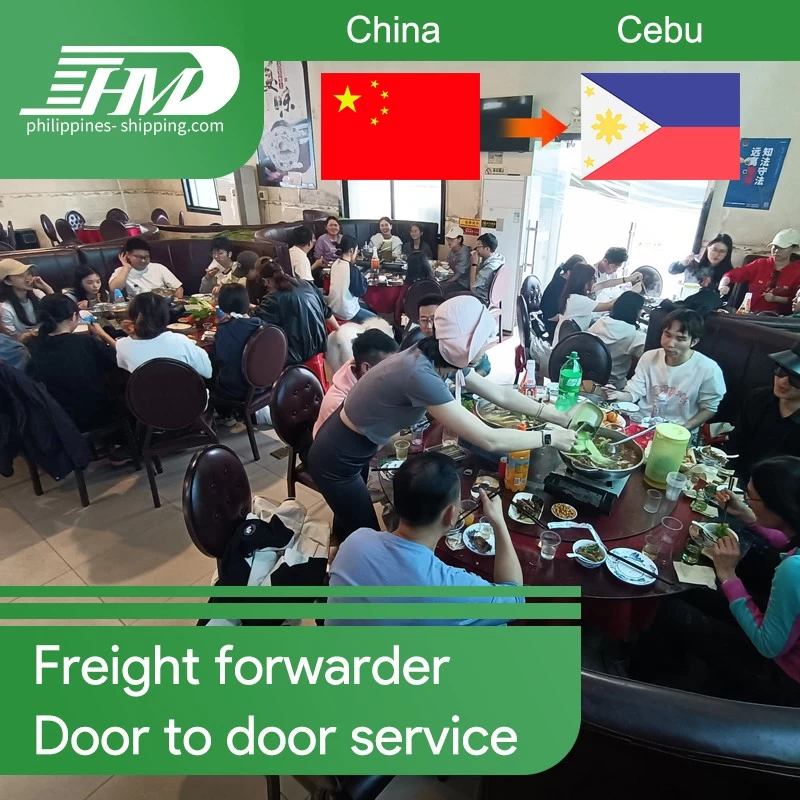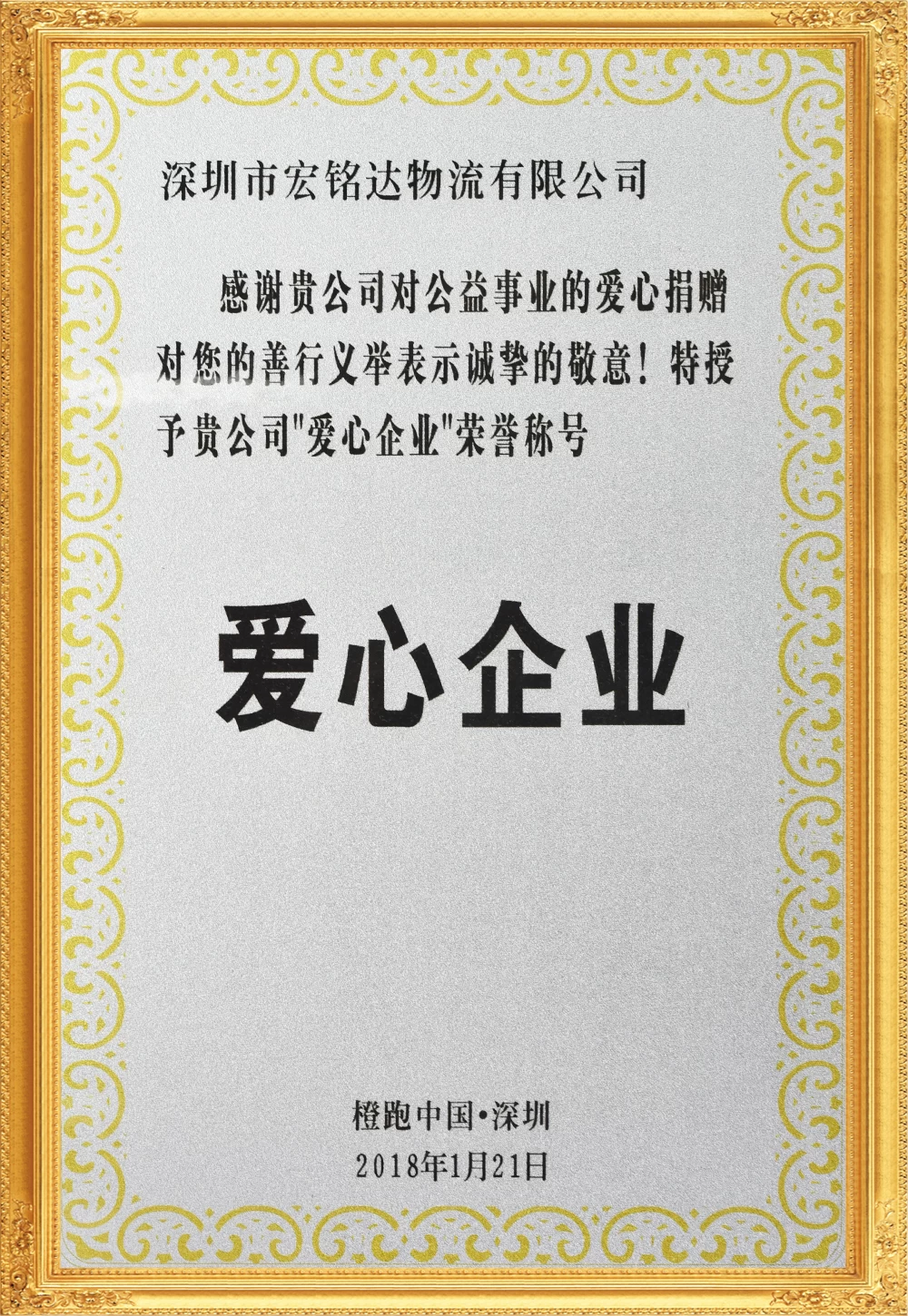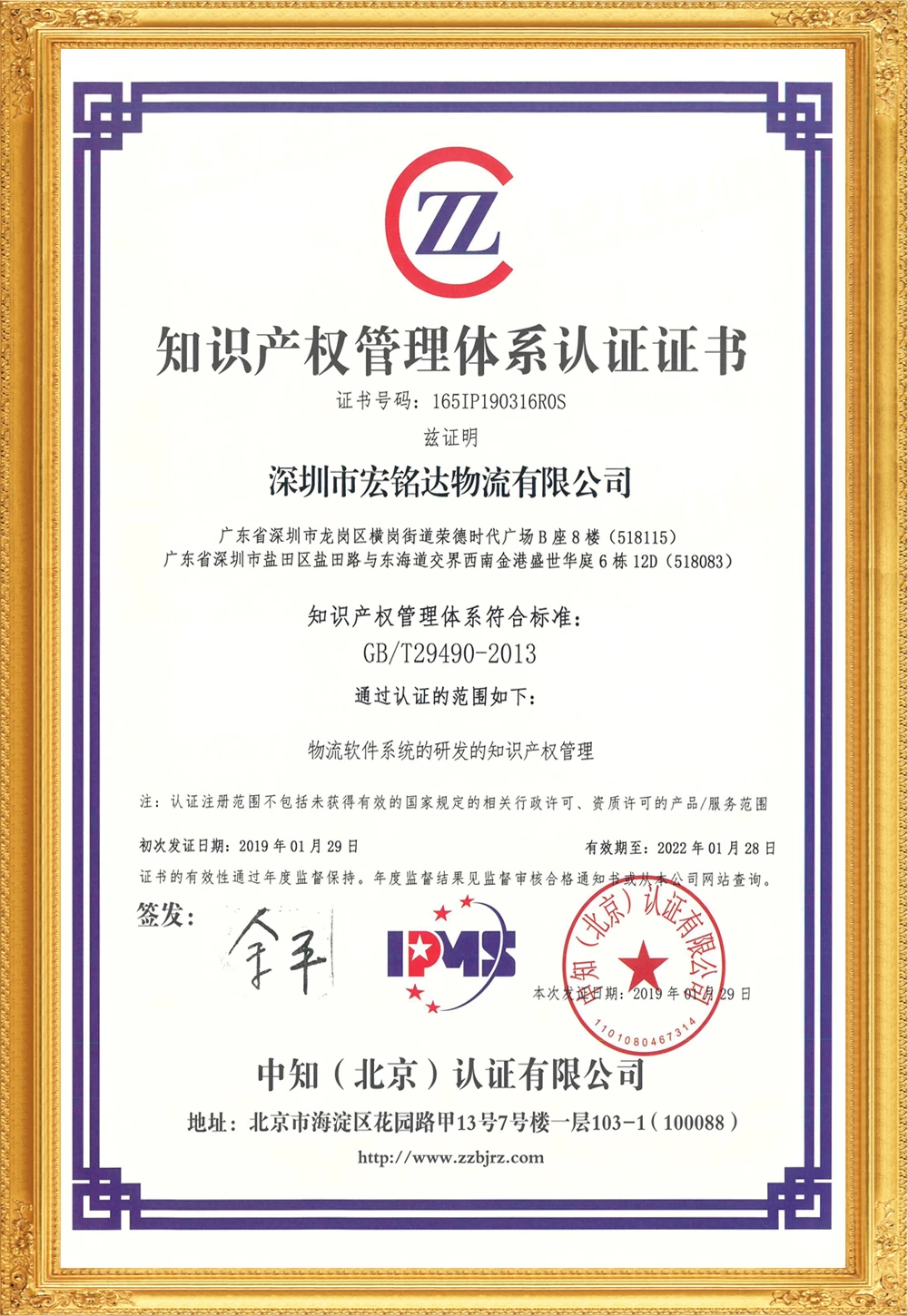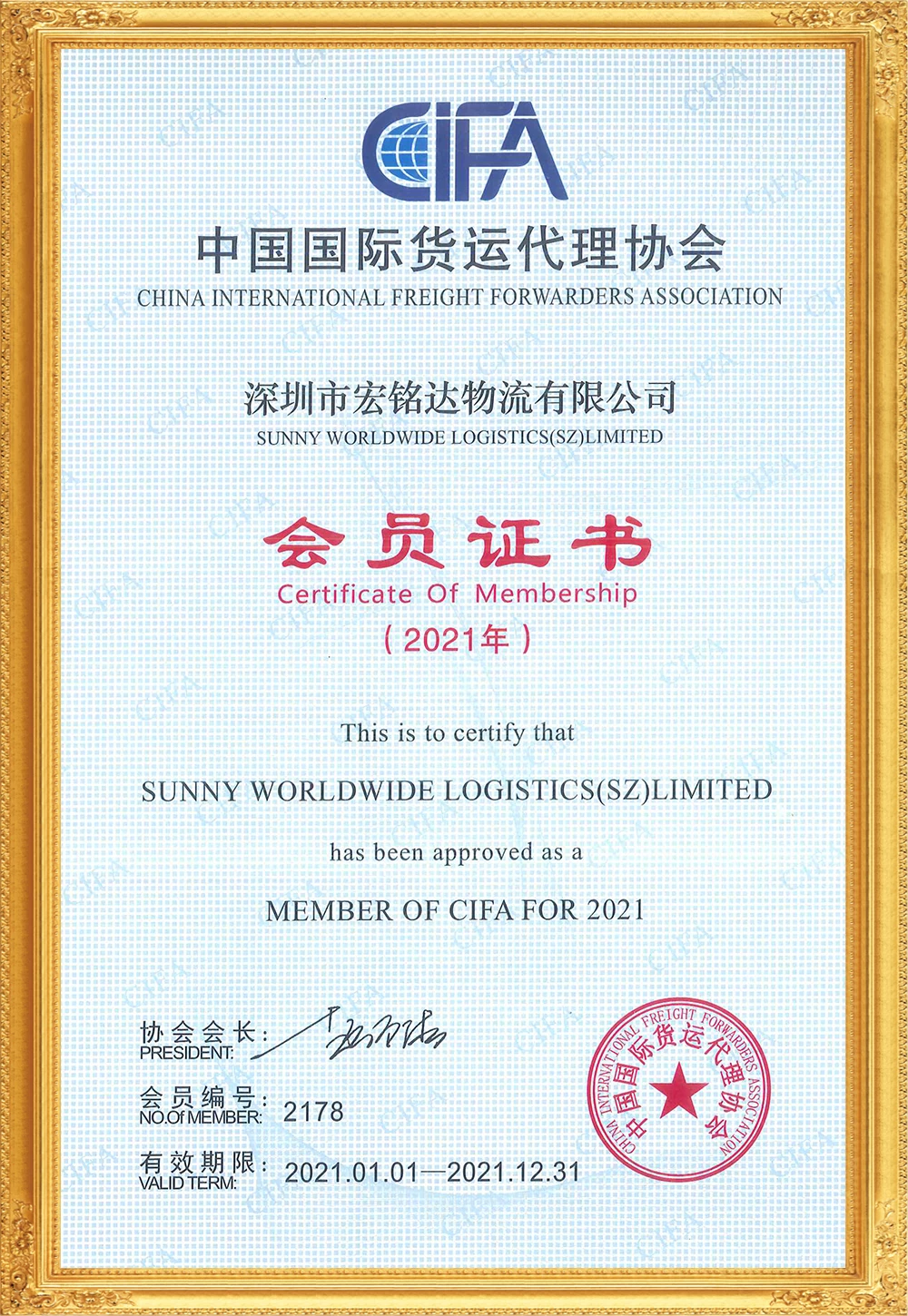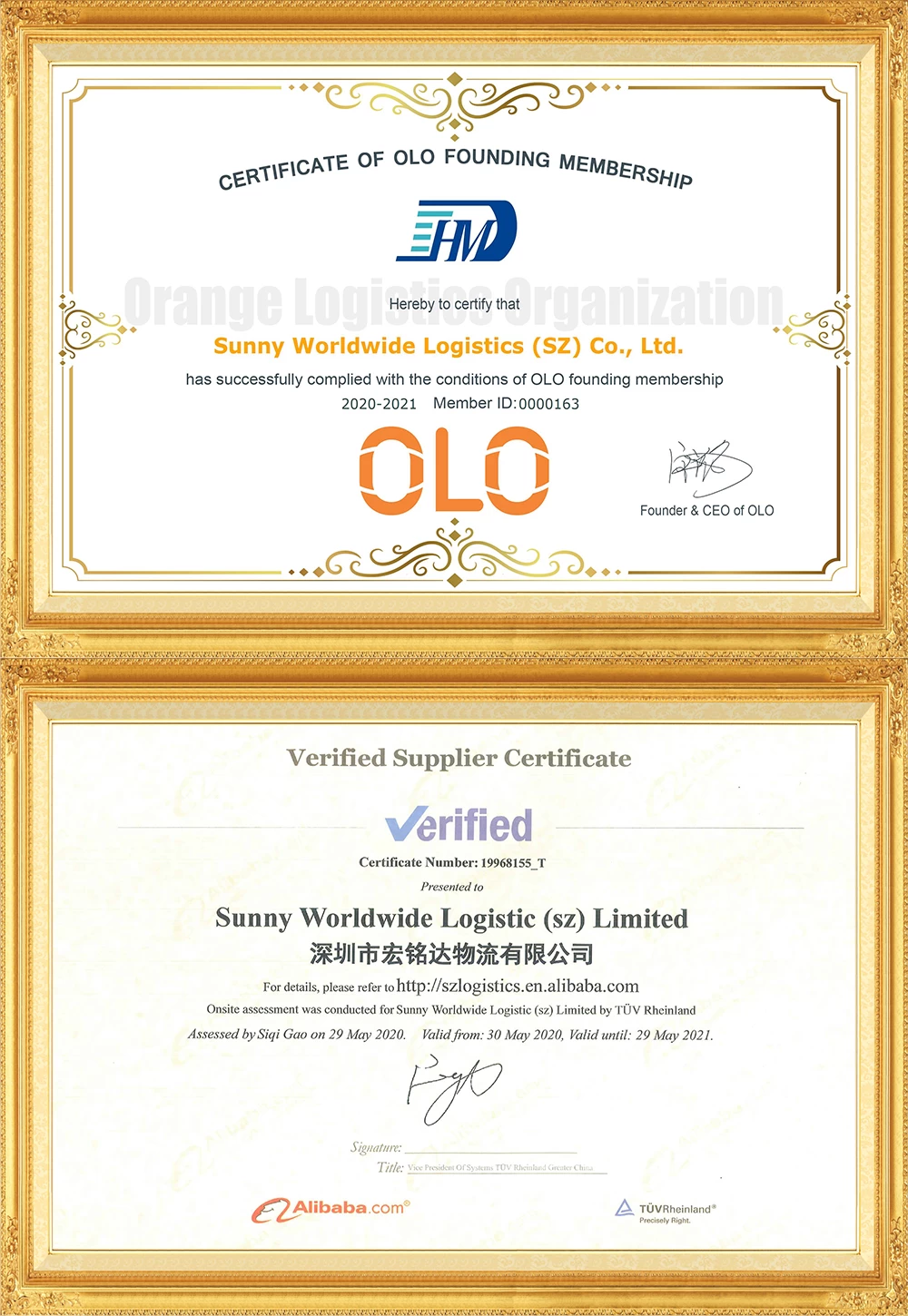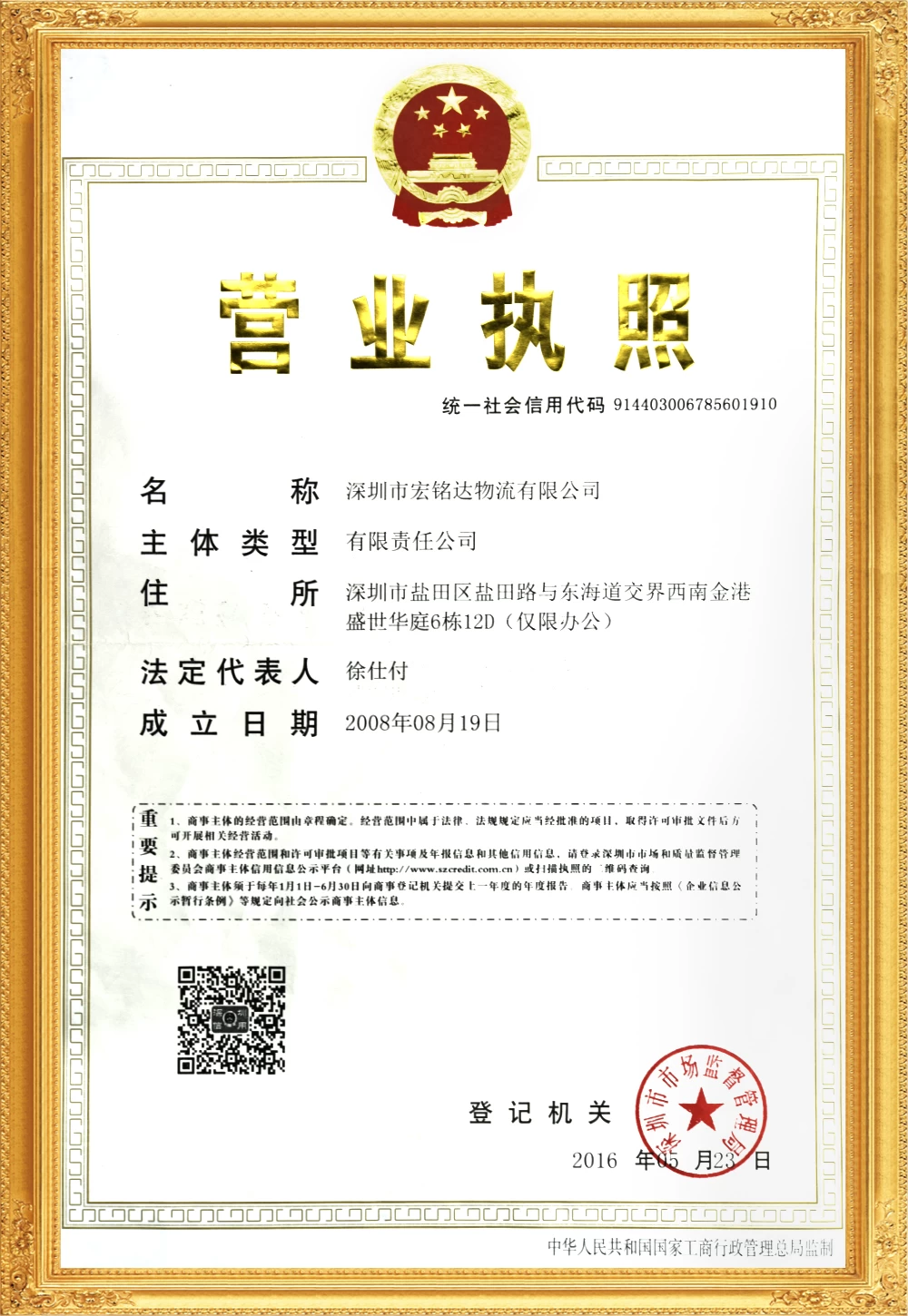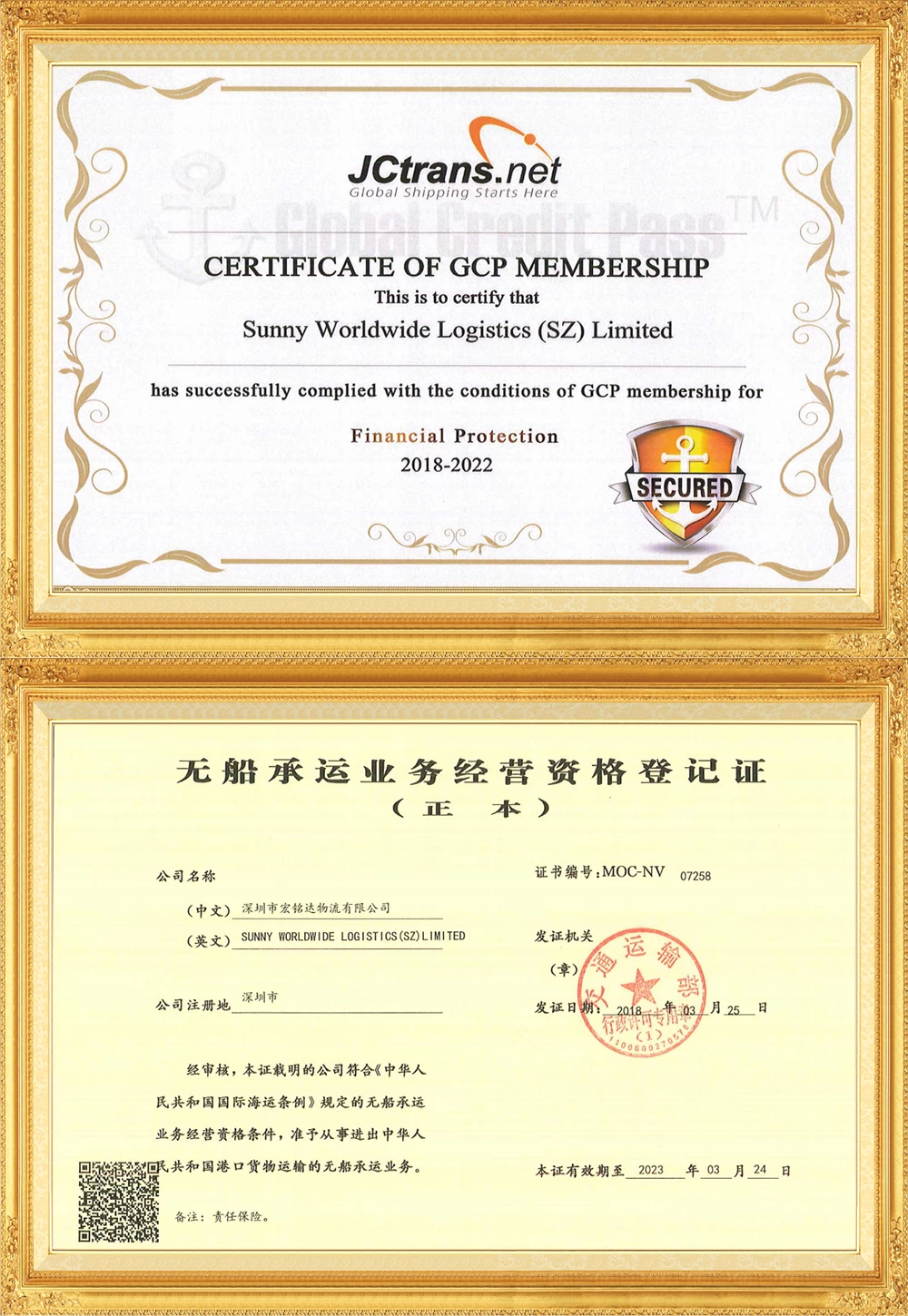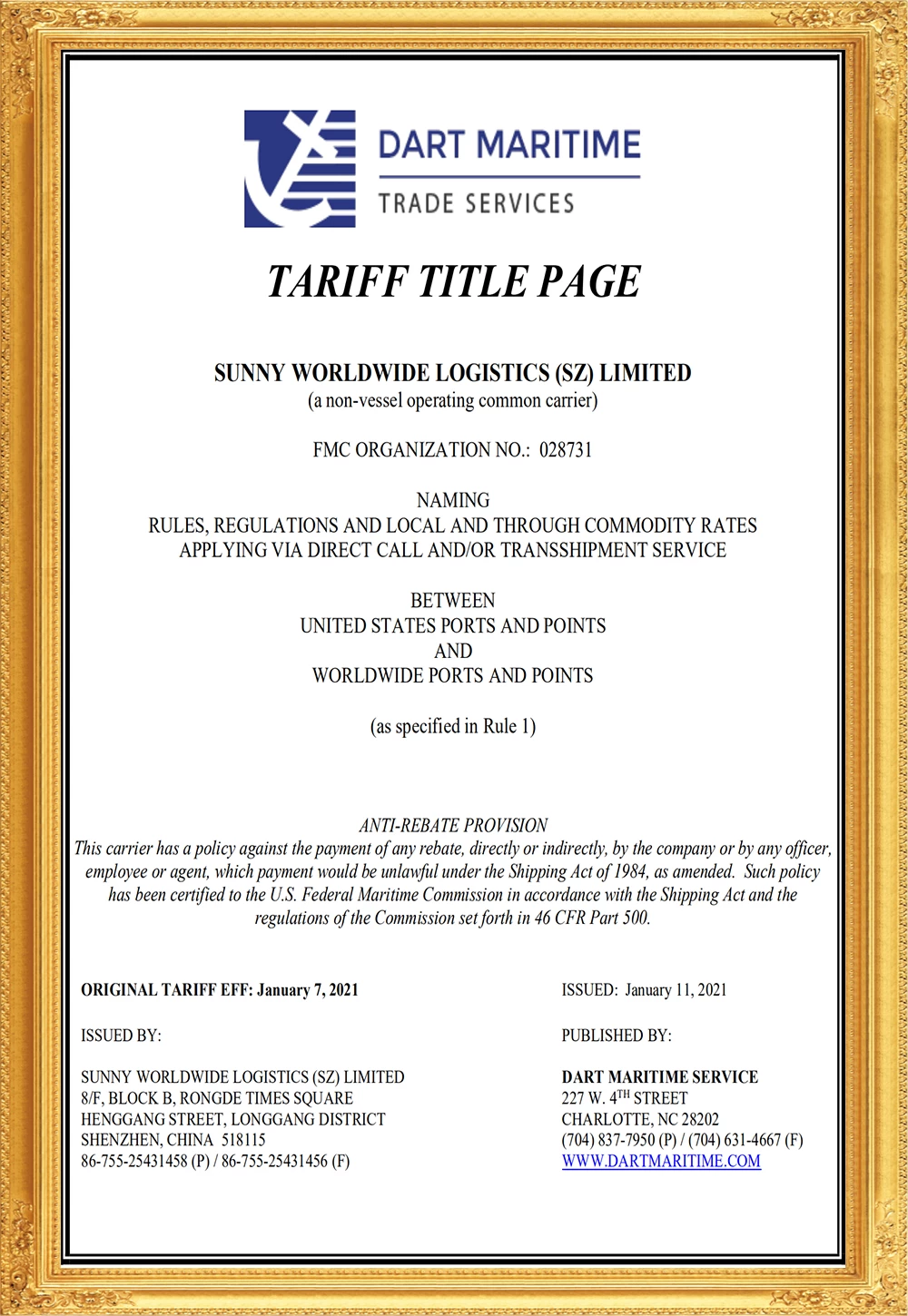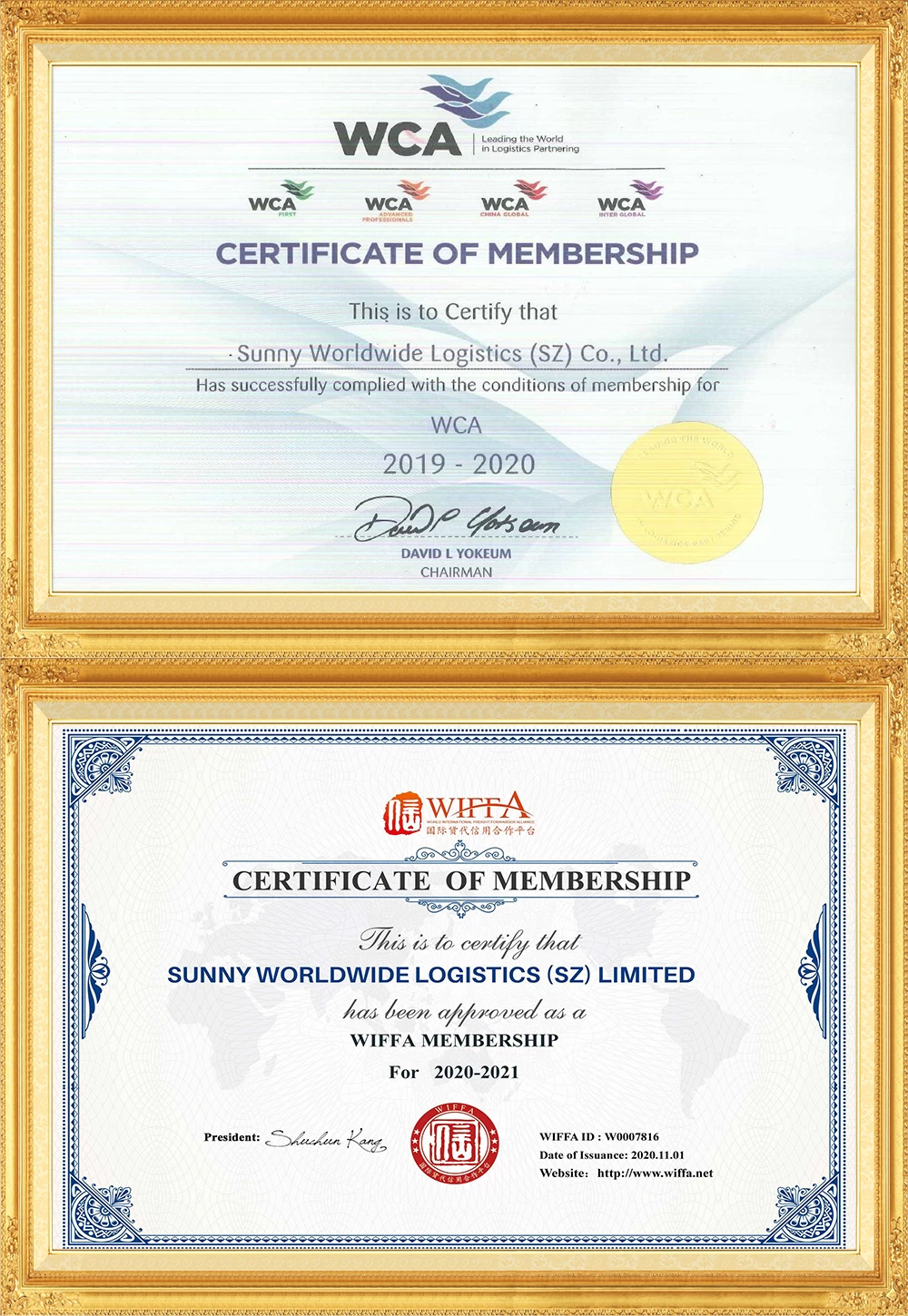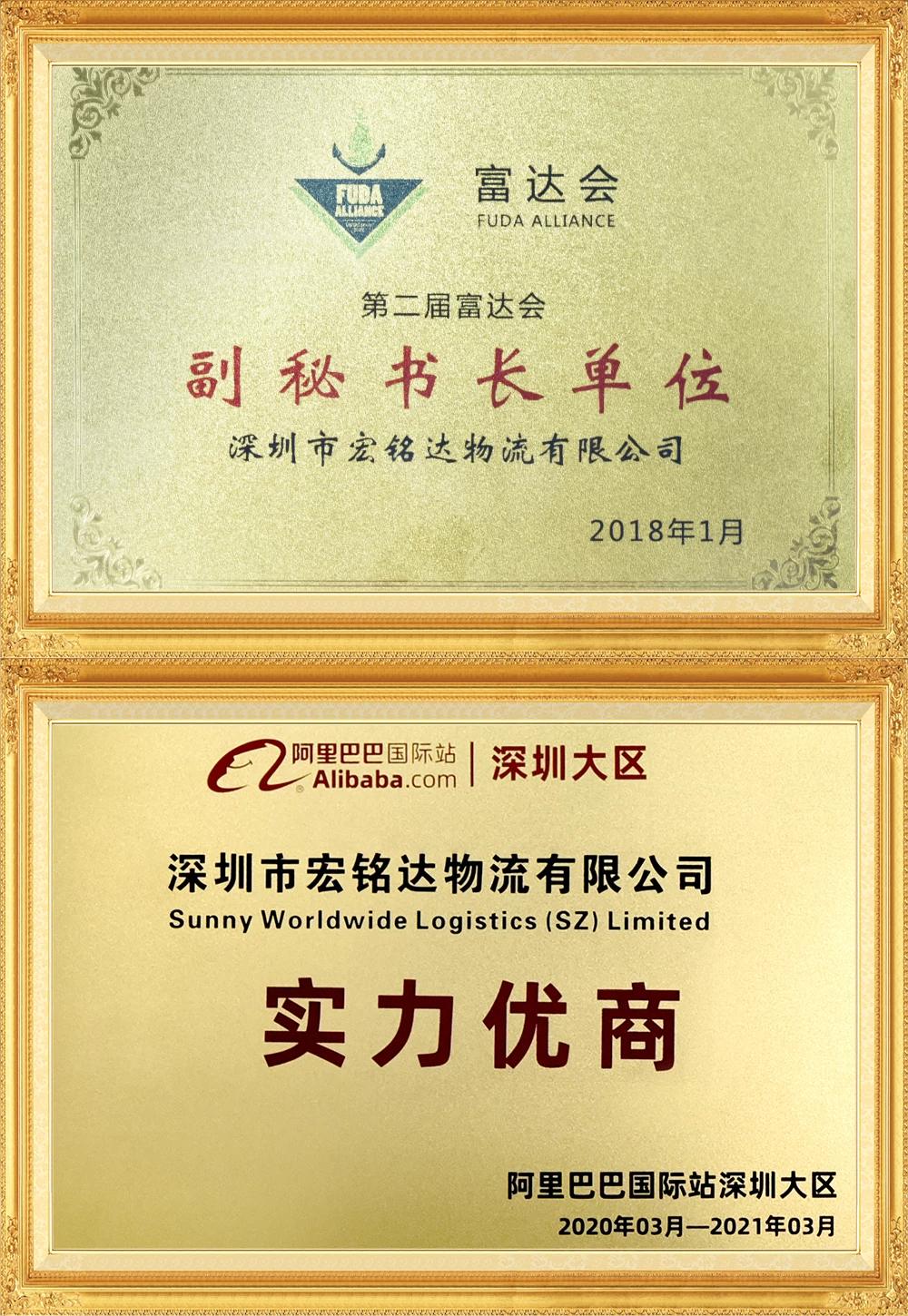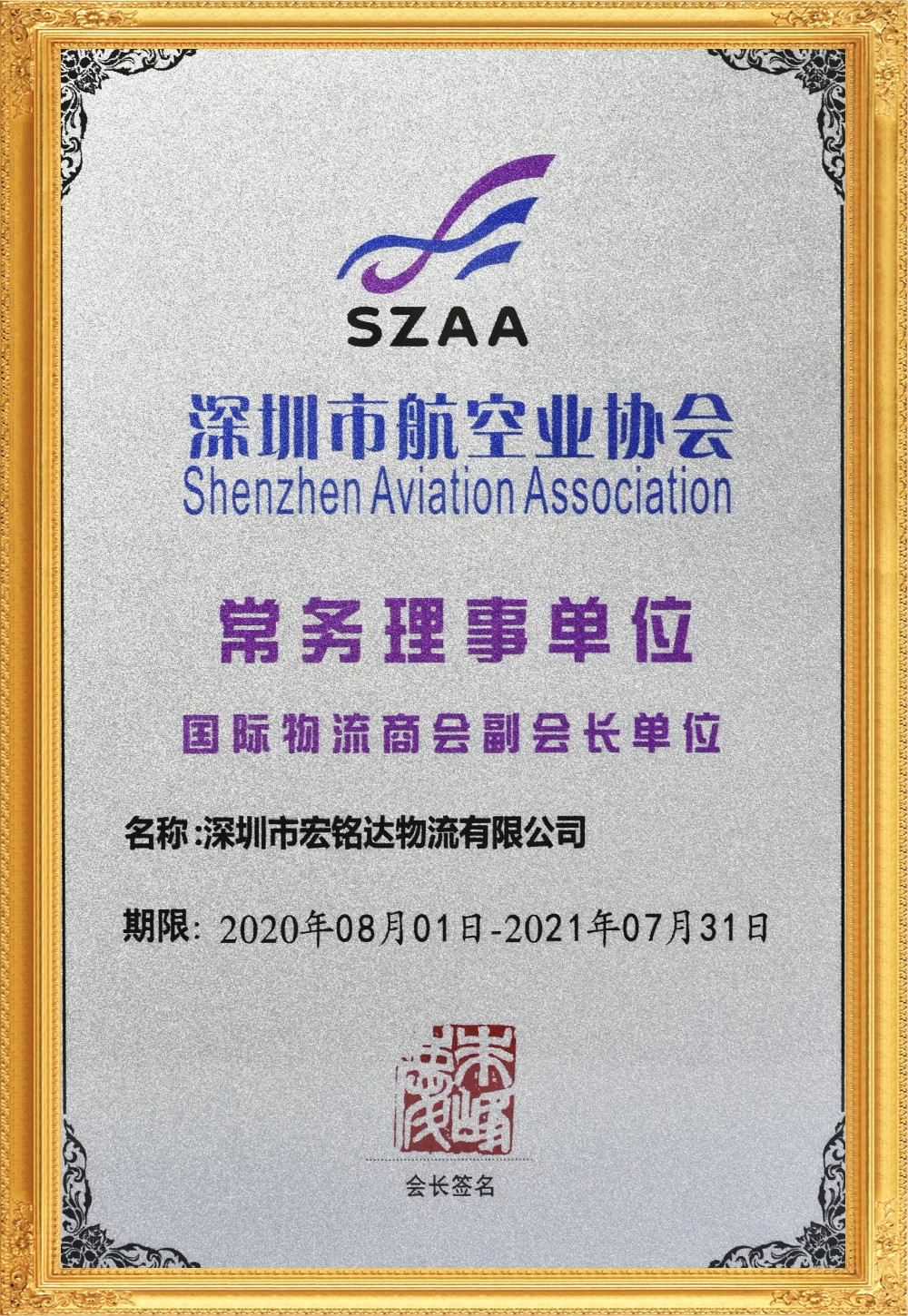What do customs interception, port interception and customs clearance in international shipping refer to?
What do customs interception, port interception and customs clearance in international shipping refer to?
01 What is cutoff?
Customs cut-off (receipt date) refers to the latest date for delivering goods to a designated ship for shipment. It is also called the cut-off and release time, which is the time for customs declaration and release. The goods must be declared and released before customs, and the customs release slip must be submitted to the shipping company.
If the customs release slip is submitted after this time, the shipping company will regard the goods as having failed to clear customs and will not be allowed to board the ship. Generally, it is 1-2 days before the ship departure date (5-7 days in advance for bulk cargo), and it is usually half a working day after the port cut-off time.
The interception and release note means that after the goods are declared, the customs will issue a release note (i.e., the shipping certificate). Then the customs broker will hand over the release note to the shipping company. After the shipping company receives the release note, it will know that the cargo cabinet has been released by customs and can arrange for the hanging container to be put on the ship.
02 What is a cut-off port?
The cut-off time in Hong Kong is also called the cut-off counter (return counter) time. It means that after this time, the shipping company will no longer arrange for the returned cabinets to go on the voyage.
Before this time, loaded containers can enter the dock or warehouse. After this time, they cannot enter the dock. It is usually 1-2 days before the ship departure date (5-7 days in advance for bulk cargo).
03 What is customs clearance?
Whether imported goods, exported goods or transshipment goods enter a country's customs territory or national territory, they must declare to the customs, go through various procedures prescribed by the customs, and perform obligations stipulated in various laws and regulations; only after fulfilling various obligations, handling customs declarations, After inspection, taxation, release and other procedures, the goods can be released and the owner or declarer can take delivery of the goods.
Similarly, all kinds of means of transport carrying import and export goods must declare to the customs, go through customs procedures, and obtain the permission of the customs.
Customs clearance is a procedure after the customs releases the goods. The relevant information about the release of the goods and the information that the goods have been shipped are sent to the customs for filing and subsequent export tax refund (foreign exchange write-off) and other work. Therefore, the customs clearance date refers to the date when an international sailing ship has completed customs procedures and settled various payments due before export, and the customs allows the ship to leave the port and sail.
Note: Under normal circumstances, customs clearance takes about one week after the goods are exported. However, customs clearance time may be extended due to some special reasons.
In summary:
(1) Customs cut-off is similar to port cut-off, but the customs cut-off time is generally half a working day after the port cut-off time.
(2) The customs cut-off time comes first, and the cut-off and release time comes later. This is the order of priority.
(3) Customs clearance is a procedure in which the customs broker (consignor) handles export tax refund and other follow-up work within a few days after customs release.


